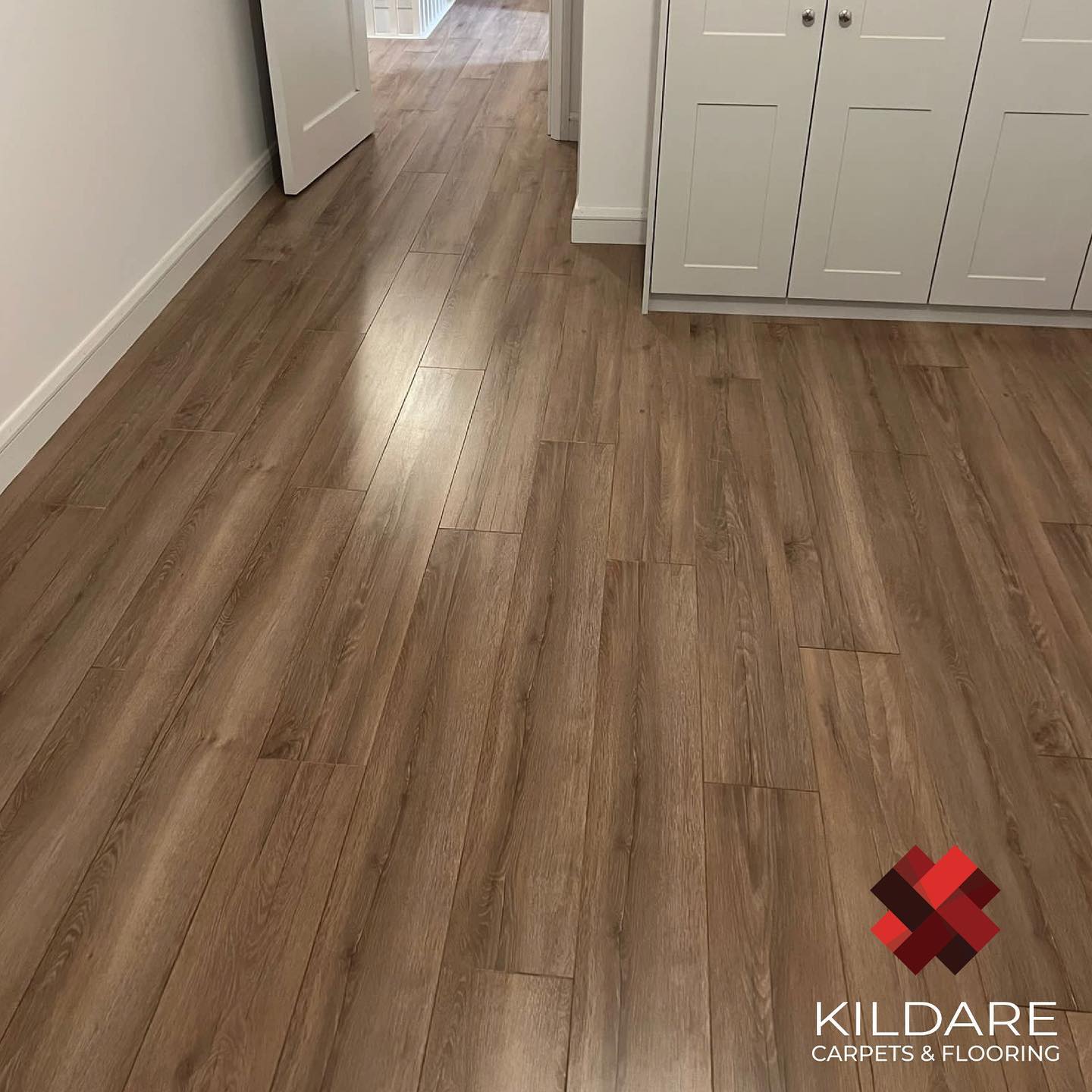The Pros and Cons of Vinyl and Laminate Flooring
Vinyl flooring and laminate are two popular flooring options that homeowners often consider. Both materials have their advantages and disadvantages, and choosing the right flooring for a home can be a tough decision. In this article, we will compare vinyl flooring and laminate flooring, discuss their pros and cons, and help you decide which one is better for your home.
Vinyl flooring is a synthetic flooring material made from polyvinyl chloride (PVC) resin and other materials. It is a versatile and durable flooring option that comes in a variety of colors, patterns, and styles. There are two main types of vinyl flooring: sheet vinyl and luxury vinyl tiles (LVT).
Sheet vinyl is a large, continuous piece of flooring that can be cut to fit any room. It is easy to clean and maintain and is resistant to water, stains, and scratches. Sheet vinyl is also less expensive than LVT and can be installed quickly and easily.
LVT, on the other hand, is a newer and more high-end version of vinyl flooring. It is made up of multiple layers, including a wear layer, a design layer, a core layer, and a backing layer. LVT is thicker and more durable than sheet vinyl, and it can mimic the look of hardwood, stone, or ceramic tiles.
Laminate flooring is a synthetic flooring material made from a composite wood base and a photographic image of wood or stone. Laminate is a popular flooring option because it is affordable, easy to install, and resistant to scratches and stains. It comes in a wide range of styles and colors, and it can be installed over almost any surface.
Like vinyl flooring, there are different types of laminate flooring available. These include standard laminate, water-resistant laminate, and laminate with an attached underlayment. Standard laminate is the most affordable option, while water-resistant laminate is ideal for high-moisture areas like bathrooms and kitchens.
When it comes to durability, both vinyl flooring and laminate flooring are known for being durable and long-lasting. Vinyl flooring is particularly resistant to water, stains, and scratches, making it a great option for high-traffic areas like kitchens and bathrooms. It is also easy to clean and maintain.
Laminate flooring is also durable and can withstand heavy foot traffic. It is resistant to scratches and stains, but it is not as waterproof as vinyl flooring. If laminate flooring gets wet, it can warp or buckle, so it is not recommended for bathrooms or areas with a lot of moisture.
In terms of appearance, both vinyl flooring and laminate flooring can mimic the look of natural materials like wood, stone, and ceramic tiles. Vinyl flooring is available in a wide range of colors, patterns, and styles, and it can be made to look like almost any type of flooring. LVT is particularly good at replicating the look of natural materials.
Laminate flooring, on the other hand, is designed to look like natural wood or stone. It comes in a variety of wood species and finishes, and it can also be made to look like other materials. However, laminate flooring is not as realistic-looking as LVT.
Maintenance is another important factor to consider when choosing between vinyl flooring and laminate flooring. Vinyl flooring is easy to clean and maintain and only requires regular sweeping and mopping. It can be easily wiped clean with a damp cloth and does not require any special cleaners.
Laminate flooring is also easy to clean and maintain, but it requires a little more care than vinyl flooring. It should not be cleaned with water or abrasive cleaners, as these can damage the surface. Instead, laminate flooring should be cleaned with a dry or slightly damp mop.
When it comes to installation, both vinyl flooring and laminate flooring are relatively easy to install. Vinyl flooring can be installed as a sheet or as individual tiles, and it can be glued down or installed with a click-and-lock system. LVT is typically installed as individual tiles or planks with a click-and-lock system.
Laminate flooring is also easy to install and typically comes with a click-and-lock system. It can be installed over almost any surface, including concrete, plywood, and existing flooring.
When it comes to cost, vinyl flooring and laminate flooring are both affordable options. Sheet vinyl is the most affordable type of vinyl flooring, while LVT is more expensive. Laminate flooring is also affordable and typically less expensive than hardwood flooring or natural stone.
So, which flooring option is better for your home? The answer depends on your personal preferences and lifestyle. If you want a durable, easy-to-clean flooring option that can withstand water and stains, then vinyl flooring may be the better choice. If you want a realistic-looking flooring option that mimics natural materials like wood and stone, then laminate flooring may be the better choice.
It is also important to consider the location of the flooring. If you are installing flooring in a high-moisture area like a bathroom or laundry room, then vinyl flooring may be a better choice. If you are installing flooring in a living room or bedroom, then laminate flooring may be a better choice.
Ultimately, the decision between vinyl flooring and laminate flooring comes down to personal preference. Both flooring options are durable, affordable, and easy to install, making them great choices for any home. When choosing between the two, be sure to consider your budget, the location of the flooring, and your personal style preferences.
Vinyl flooring and laminate flooring are both great options for homeowners looking for durable, affordable, and easy-to-install flooring options. While both have their advantages and disadvantages, the choice between the two ultimately comes down to personal preference and lifestyle. With the right research and consideration, you can find the perfect flooring option for your home.


Leave A Comment